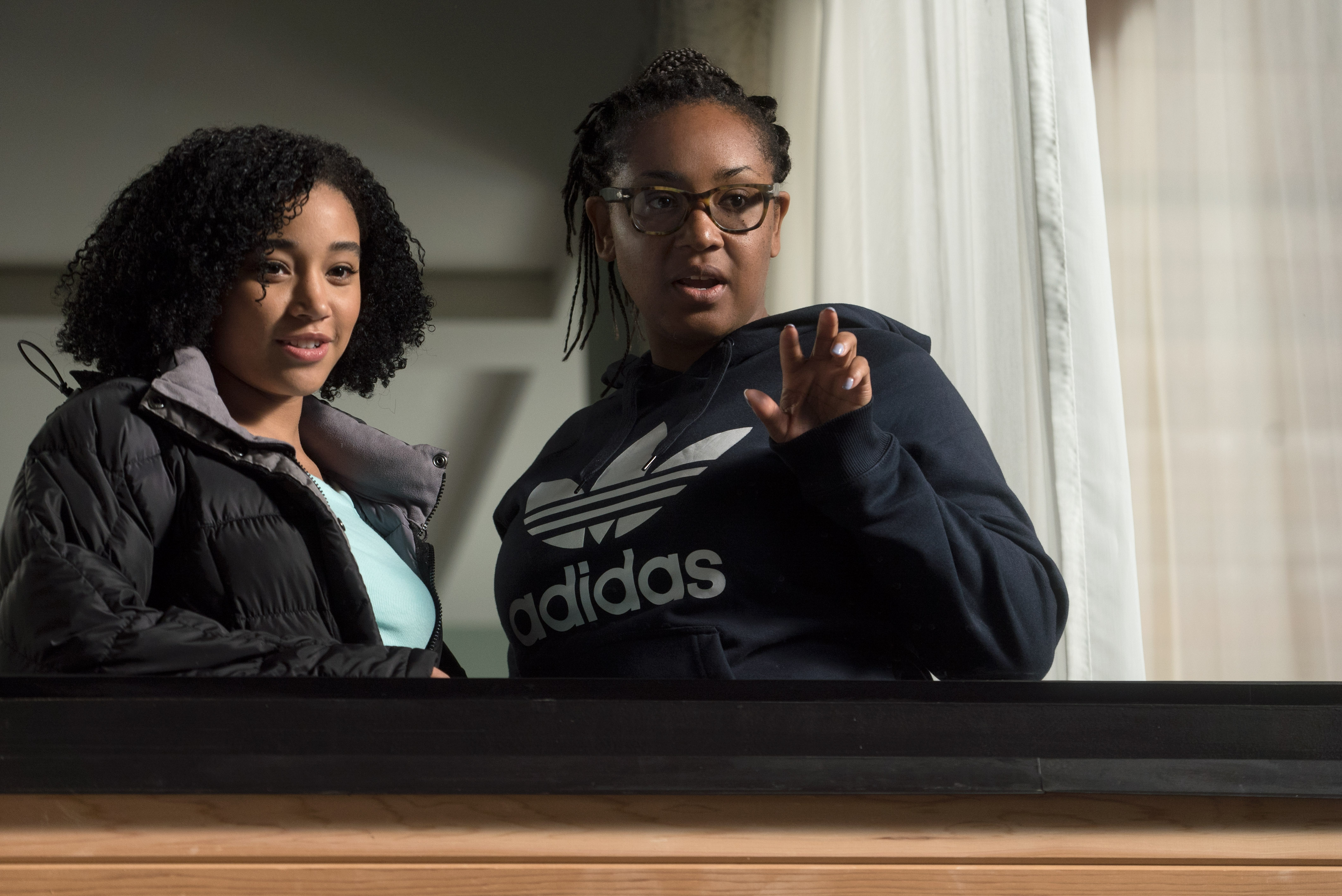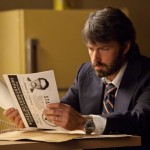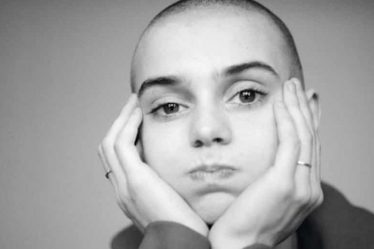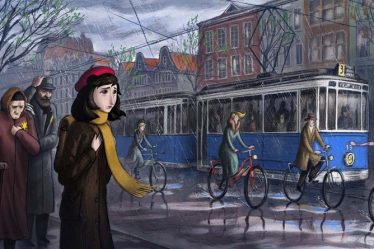

An indie film adaptation of Nicola Yoon’s vivid, enthusiastically received YA novel Everything, Everything is coming to theaters this weekend. Directed by Stella Meghie, who blazed onto the scene helming a screenplay she wrote with Jean of the Joneses, Everything, Everything is a both a coming of age romance, and a dark fairy tale superimposed onto real life circumstances. It’s also a charming, potent little film.
Maddie (Amandla Stenberg) is turning 18. Her birthday won’t be like what most young women her age experience. She won’t be going out. She hasn’t left her house since she was a baby. She has an immune disorder that makes her so allergic to the outside world, it will likely kill her if she breathes outside air. She does have reason to celebrate, with the appearance of a new next door neighbor named Ollie (Nick Robinson), who has a smile as bright as his outlook is cynical. Too bad her mother (Anika Noni Rose), a doctor who cares for her, doesn’t think interest in the boy next door is good for Maddie’s health.
You know you’ve wanted Amandla Stenberg, she who ripped your heart out playing Rue in The Hunger Games, to be in every movie, because she can rock just about anything. She’s been called “one of the most incendiary voices of her generation”. She’s a musician, an activist, a writer, and director, and she’s only 19 years old. She also has three more movies she’s starring in coming out soon. She brings an authenticity to the character of Maddie, exposing vulnerability, and a blend of innocence, strength, and kindness, that elevates the part of the plot some might shrug off as a teen crush. None of it. She and equally hot up-and-comer Robinson have the audience rooting for the success of their first love. It’s certainly complicated, since they can’t touch.
One of the best elements of them together is the fact that, though they represent an interracial couple, it’s never mentioned or even part of the equation. They’ve got other stuff with which to concern themselves. It would be nice if the real world, the whole real world, followed their lead.
Director Meghie uses fanciful elements to portray Maddie and Ollie’s text-heavy interactions, and Maddie’s dreams of a life that encompasses more than just a few rooms,, and clothes limited to cotton whites irradiated for germs. She also highlights the formidable talents of award-winning stage actress Noni Rose, who navigates a difficult role requiring nuance in both the delivery of dialogue, and subtle unspoken actions.
Ultimately, Everything, Everything is about going beyond ‘what is’, to find the larger truth about yourself and your place in the world. It’s also a cautionary tale about how fear can lead to the sort of big mistakes that can hurt those you love the most. It’s not a big movie, but it’s a good one. Stenberg and Robinson are so very winning, they are reason enough to take this story to heart. Based on their work, and the skill Meghie displays as director here, we can expect great things for them all in the future.
4 out of 5 stars

I spoke to director Stella Meghie, who is a woman of color releasing a mainstream film, (huzzah!) about her experience helming Everything, Everything:
Cinema Siren: I think the best aspect of this film is the consistency of tone. (apart from the chemistry of the leads and Amandla’s authenticity) Can you mention some concrete choices you used to find that balance of innocence and romance/sexiness that you nailed so it wasn’t sentimental or corny? Did you have scrap anything you had already filmed?
Stella: It definitely was a balance I constantly had to find. Somebody told me I rode the line of corny and won and i thought that was the most true statement ever. While I was reading Nicola’s book and the reason I was interested in it, is because i thought it did a kind of interesting tone to it. I saw the story as a kind of Grimm’s tale and i really wanted all the emotion and chemistry to be real but I also wanted a grounded story. I did see it as a dark fairy tale so tried to set the tone with that in mind, with the music and the production design, and make this feel more like a romantic tale than a romantic drama.
CS: Interesting take, a little bit like Rapunzel, but a bit flipped, in that she’s in a sort of tower but she rescues herself. And of course (he) says he’s not a prince so there’s even reference to that in the movie.
SM: And of course the author of the book was very inspired by The Little Prince. Actually I think the first time I met her she was wearing a Little Prince t-shirt. That’s definitely in the book. I hadn’t actually talked to her about my feelings about that kind of tone, and later after she’d seen it, she said that’s how she’d seen the book and that’s how the story was. I thought that was really interesting that we both connected with that. Maybe that’s why we connected so much when we first met. I tried to elevate it as much as possible in the production design and music—I think not everybody was totally onboard the whole time, especially when we started using our music. That was interesting working with Ludwig Goransson I kept referencing movies like Eternal Sunshine of the Spotless Mind, which is kind of more like a nightmare in the music having him help weave that tone together helped with a lot of the storybook notes he put into it.
CS: the score has a simplicity and sweetness to it. It, I think, lends a bit more of an indie feel to the movie, certainly not corny,
SM: Yeah he’s great and he just did more work for Childish Gambino so he’s the farthest producer away from corny. He’s much cooler than me, and it was interesting putting together the music in a balanced way and going as pop as Alessia Cara and as soulful as Alabama Shakes and just trying to get a modern feel.
CS: How did the cast come together? Did Nick Robinson and Amandla audition together, because I have heard you talk about their chemistry and you’re right, it makes the movie.
SM: NO they had not, I was definitely playing matchmaker! I met them both on the same day but separately. They were both actually going away on trips to Europe at the same time. I was not able to get them in the same room, but I joked they should meet in Venice and audition together! I met Amandla, we had a conversation, I really liked her as a person, and she ended up auditioning and she just really brought everything I wanted Maddie to be—she was innocent, inquisitive, but she could do the naivete and definitely had the whole package. Nick i’d seen in a few things, and was always impressed with him, and thought he could really be the next hot leading man. He’s definitely very thoughtful—I ran across town to meet him, and he very real. I could really see their two energies together. I just knew it would work. We cast them both and then they met for coffee. They told me they had hung out for three hours just chatting, and they sent me a picture of them together. I printed it out, and put it on my craft board, and said “YAY”!
CS: What I love about both of them is they are doing a lot more, as young people, than just acting. They both have very full lives, and are very passionate about all the other projects outside of Hollywood they are doing.
SM: Amandla everyone knows for her activism and her outspoken approach to what is important to her. She is passionate about all of it. Nick is the same. When you meet him, he’s just the most genuine, sweetest Portland boy you could ever meet. They aren’t really dazzled by Hollywood and the whole idea of fame and being personalities.
CS: Amandla seems built for the role, and Anika Noni Rose is great but has to play a very challenging character, I think. did you talk to her about how to nuance it?
SM: I think that was the most difficult character of the movie for sure. For me it was the character I was the most terrified about casting. Such a complex character means that when we get towards the end of the movie, if I didn’t get the right person, the movie falls apart! It’s not going to work! I really needed someone with real chops and i think that character i shifted from the book a little bit more than the other characters. I wanted her to be a little stronger, and Anika is always someone that’s on my mind that in the same breath can deliver strength and warmth, be able to handle a really hard shift. There were definitely scenes where she and Amandla had to go back and forth and figure out the right balance, or level of intensity. That was essential to get right.
CS: Are there any improvisations or accidents that wound up in the finished film?
SM: Definitely when they are driving in Hawaii, Amandla was playing music. I told her she could play music in the car and so she had a tape of a song and her and Nick were singing along to it. That wasn’t planned and it ended up in the film. She had put together a little Hawaii collection to drive to, and I remember saying, “don’t get too attached! don’t sing too much to it, we might not get the rights!” but we ended getting the rights and were able to keep it and I think it’s a really cool moment in the film.
CS: What would you say your aesthetic is as a director and how would you say you go about marrying it with this particular script?
SM: Overall I think my aesthetic is to make it pleasing to the eye. I’m very into interior design, fashion from my background and how I grew up, I’m always wanting it to have a certain level of polish. So then I look at the script and figure out what particularly speaks to that. For me when I was reading the script and I started closing in, I just started imagining this soft palette. And also i’ll just pull whatever I’m inspired by at the moment. This being a teen movie I was looking at a lot of Petra Collins photography because she captures youth, and it’s sometimes so pretty and so soft and i just wanted to have that pastel palette so I had just four colors that everybody had to play by and it was basically pastel purples and yellows, greens and blues. So we just tried to bring this soft quality to it all. Our production designer Charisse Cardenas was great, so was our costume designer Avery Plewes, and we just tried to create this consistency of color. At one point Charisse mentioned to me just how much green was in this movie and I just thought that’s one of the elements that consciously pulls the viewer from scene to scene to scene keeping things together. I did the same for my last movie, but the colors were much harsher and certainly more intense. I used red and gold and colors like that because the characters were much stronger and I wanted them to feel regal. They were not pastel people!
CS: Well, thanks so much and good luck with the movie!
SM: Thank you!



